Hotline: +381 61 63 84 071
COUNCIL OF EUROPE REPORT: Child exploitation is the greatest challenge
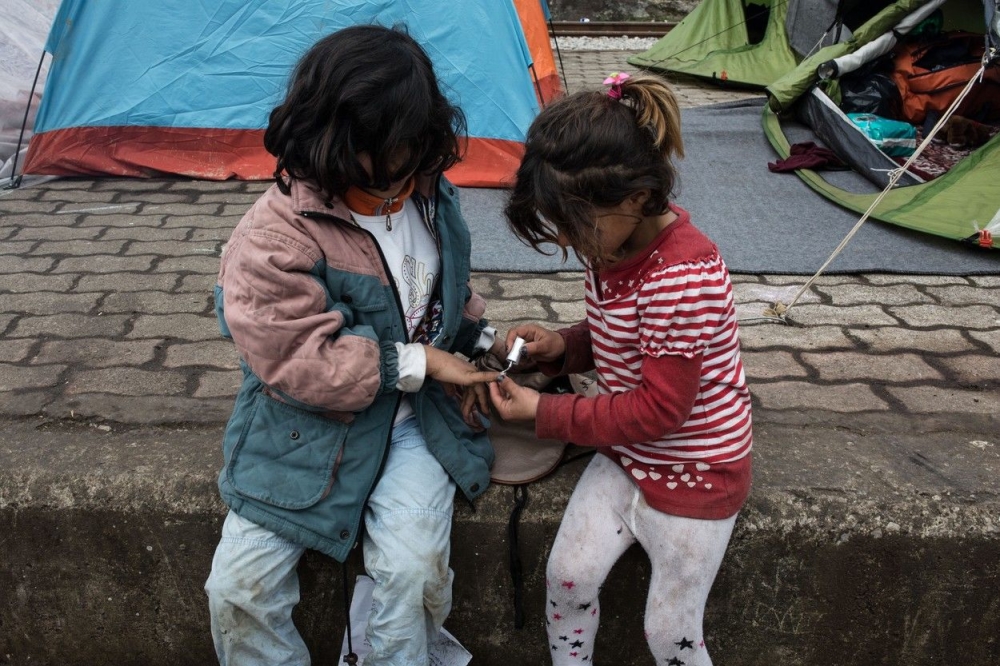
The Council of Europe presented its new report on protecting refugee children from sexual exploitation and abuse which identified that the key challenges are data collection, victims’ identification and their protection.
While there is no aggregated data available on the total number of children affected by refugee crisis in Europe, the European Network of Ombudspersons for Children assesses that in 2015 at least 337,000 children were registered as asylum seekers, 88,300 of whom were unaccompanied.
Only few countries, included in the report presented on Monday, provided data, while others stated either that there have been no victims of abuse on their teritory, or that they do not have data available.
Majority of these countries are aware of the fact that there are more cases of child sexual abuse than official numbers are depicting, which is partly due to insufficient capacity of state authorities, and partly due to children not reporting violence themselves.
"Underreporting of sexual abuse, exploitation of refugee children, and identification of victims is a major challenge", said Thorbjorn Jagland, the Council of Europe Secretary General.
He added that the Council of Europe would like to encourage national authorities to cooperate with NGOs and organize effective data collection and child-friendly counseling services which will lead to better reporting of crimes and victim identification.
In the report, that was focused on children under 18 years of age, Lanzarotte Committee of the Council of Europe invites all the countries to verify family links of children with the adults who accompany them, or to verify who those adults are if they are not their parents, in order to protect children from possible sexual abuse or exploitation - which is being committed either by these adults or facilitated by them.
Moreover, the report shows that reception centers have been under higher pressure because of increased number of refugee children, which is the reason why they have often been placed in sports halls, former military baracks, or other temporary objects.
As it was cited, insufficient lightning and the need to share sanitary and sleeping facilities with adults makes those children particularly exposed to sexual crimes and harassment.
Besides, as it is implied, lengthy asylum procedures give an opportunity to offenders to “target” children.
Refugee children should be given guardians who play a crucial role in building the necessary trust to help them overcome fear and cultural taboos, and enable disclosure of possible sexual exploitation and abuse.
It was also advised to provide a telephone or online helplines for those children, as well as therapeutic assistance.
Aside from the report of the Council of Europe, responses of the countries in which the research has been conducted were also integrated, to include Serbia. According to the report of Ministry of the Interior, in the period of the most intensive migration (2015-2016) the border of Serbia was crossed by over 10,500 unaccompanied children, mostly in the company of adults of the same origin, who are their relatives, neighbors or they treated those children as family members, which is the reason they were allowed to move toward their ultimate destinations.
Ministry of the Interior of Serbia claimed that the number of children in reception centers in 2015 was 64, which is the same number as in the first hundred days of 2016.
Serbian authorities said that the number of asylum seekers among them is unknown, and added that according to the data from 2009-2016 there hadn’t been even a single reported case of sexual abuse among minors.
On the other hand, the Report of the Council of Europe states that NGO Atina reported that, during the field work, they noticed several children whose behavior implied they experienced “possible sexual abuse”.
Officially, the cases of sexual abuse haven’t been reported to migrant admission authorities.
However, NGO Atina, which manages one shelter and primarily protects the victims of smuggling, has identified several possible victims of sexual abuse.
In response to the question which measures are taken in Serbia to prevent refugee children from becoming victims of sexual abuse and exploitation, both state authorities and NGO Atina agree there are no coordinated, preventive measures in place because of the lack of interpreters, “cultural mediators” and other professionals.
The original text can be found via the following link:
http://www.alo.rs/vesti/eksploatacija-dece-najveci-izazov/98442/vest

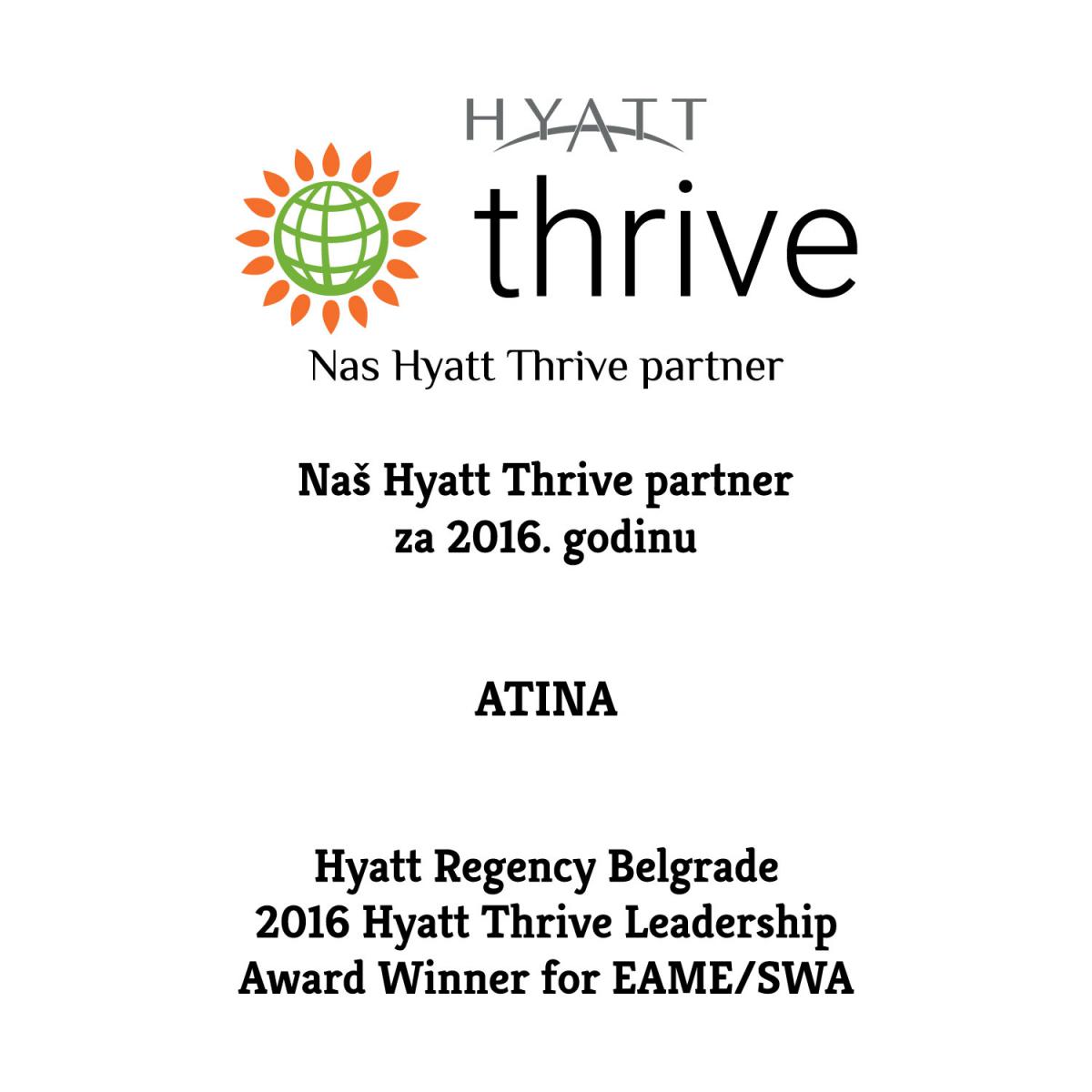
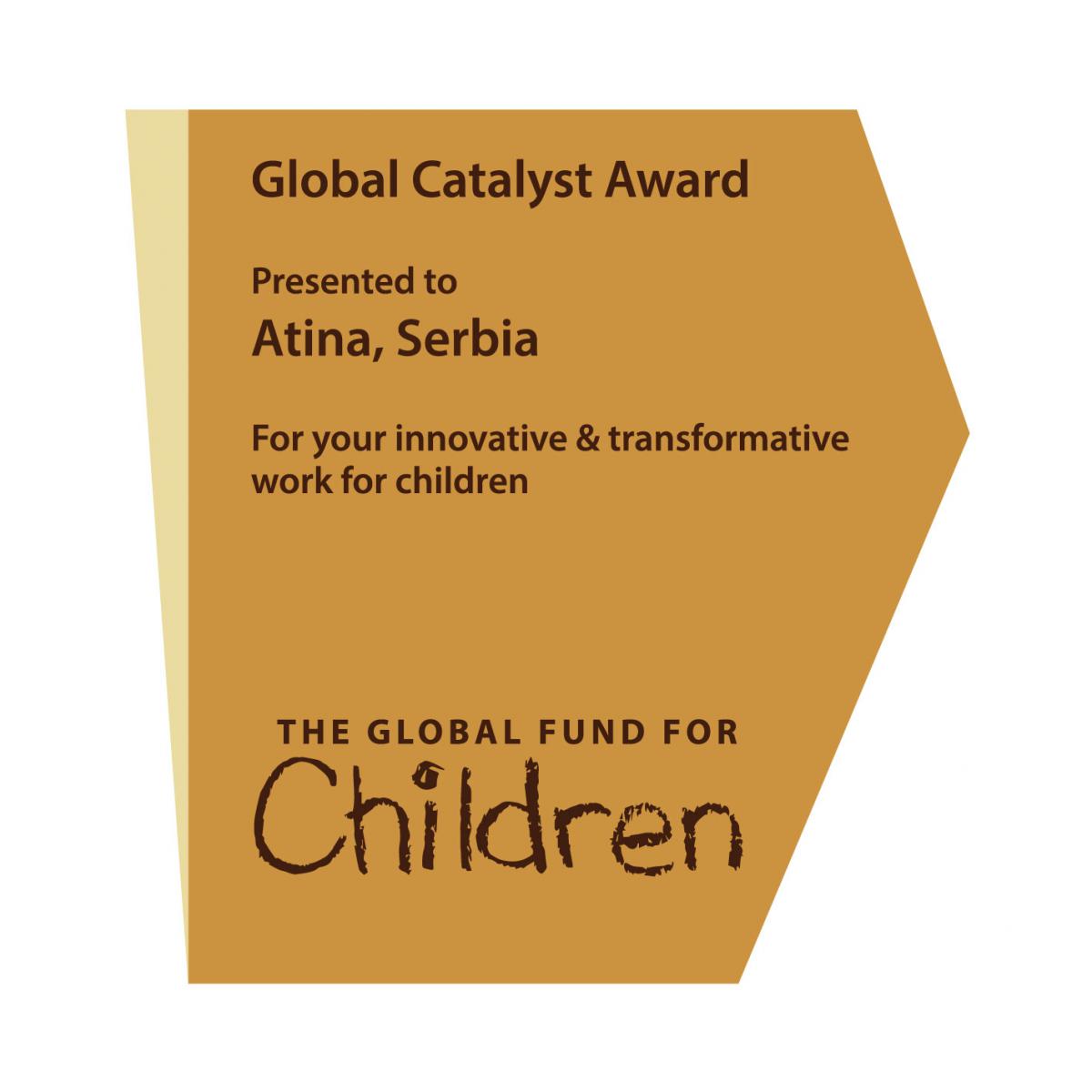
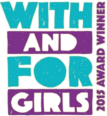
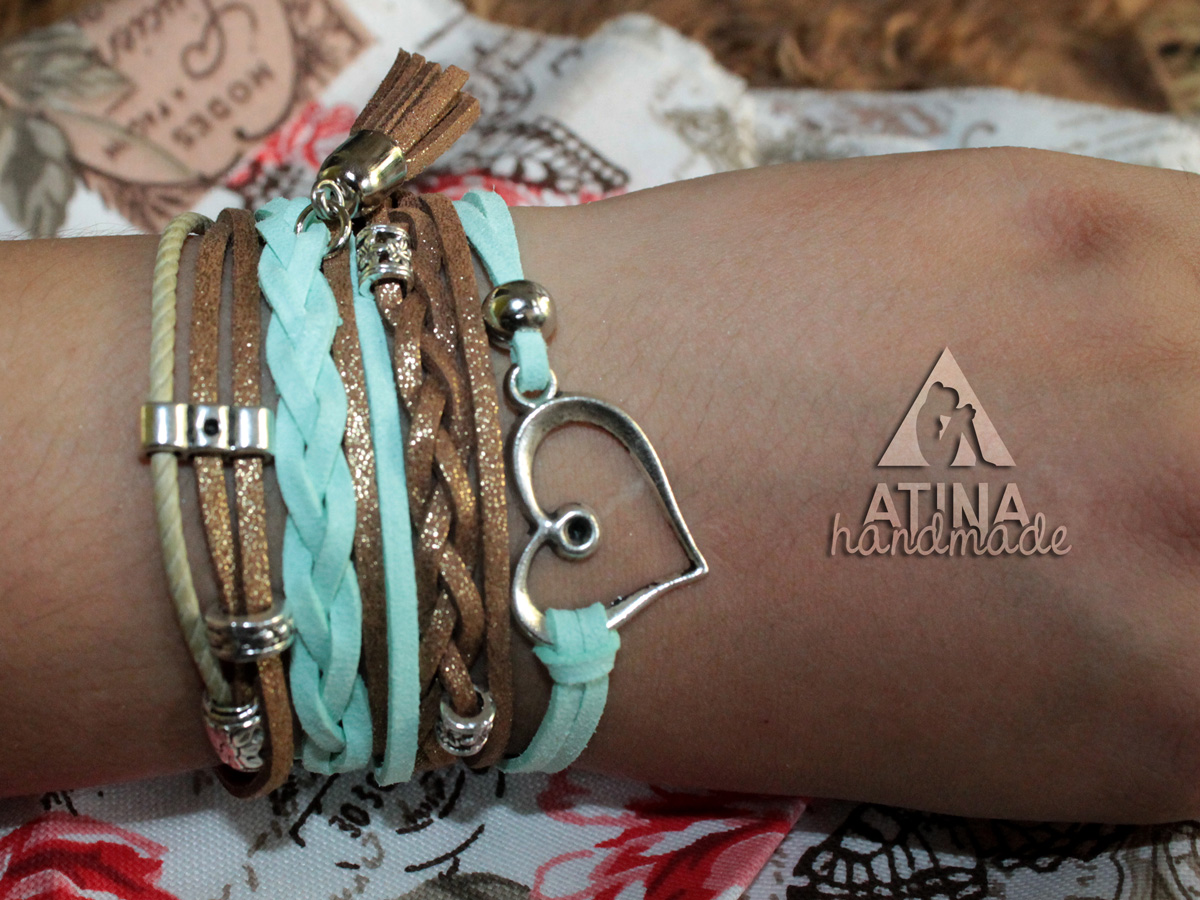







 FACEBOOK
FACEBOOK TWITTER
TWITTER YOUTUBE
YOUTUBE